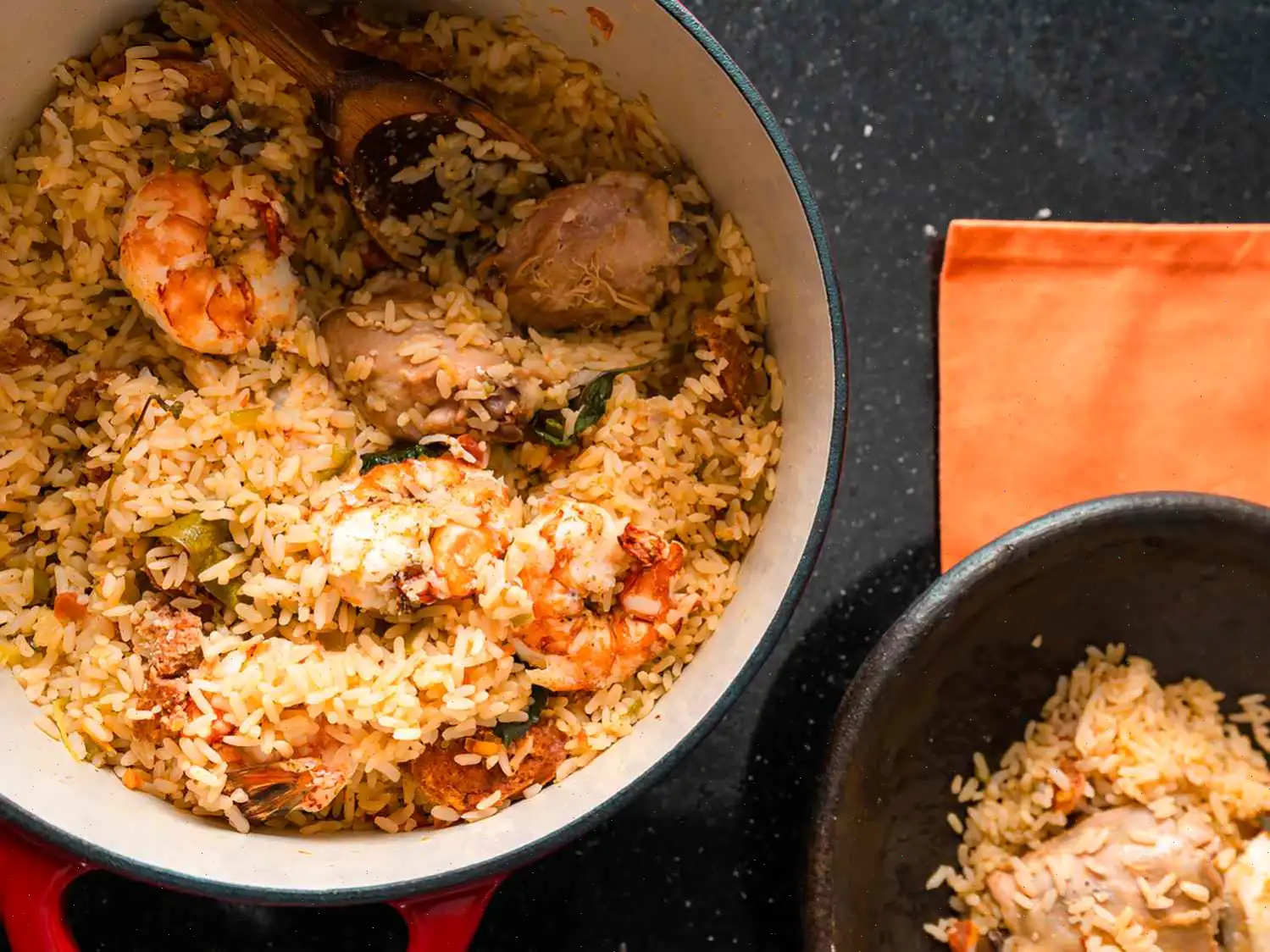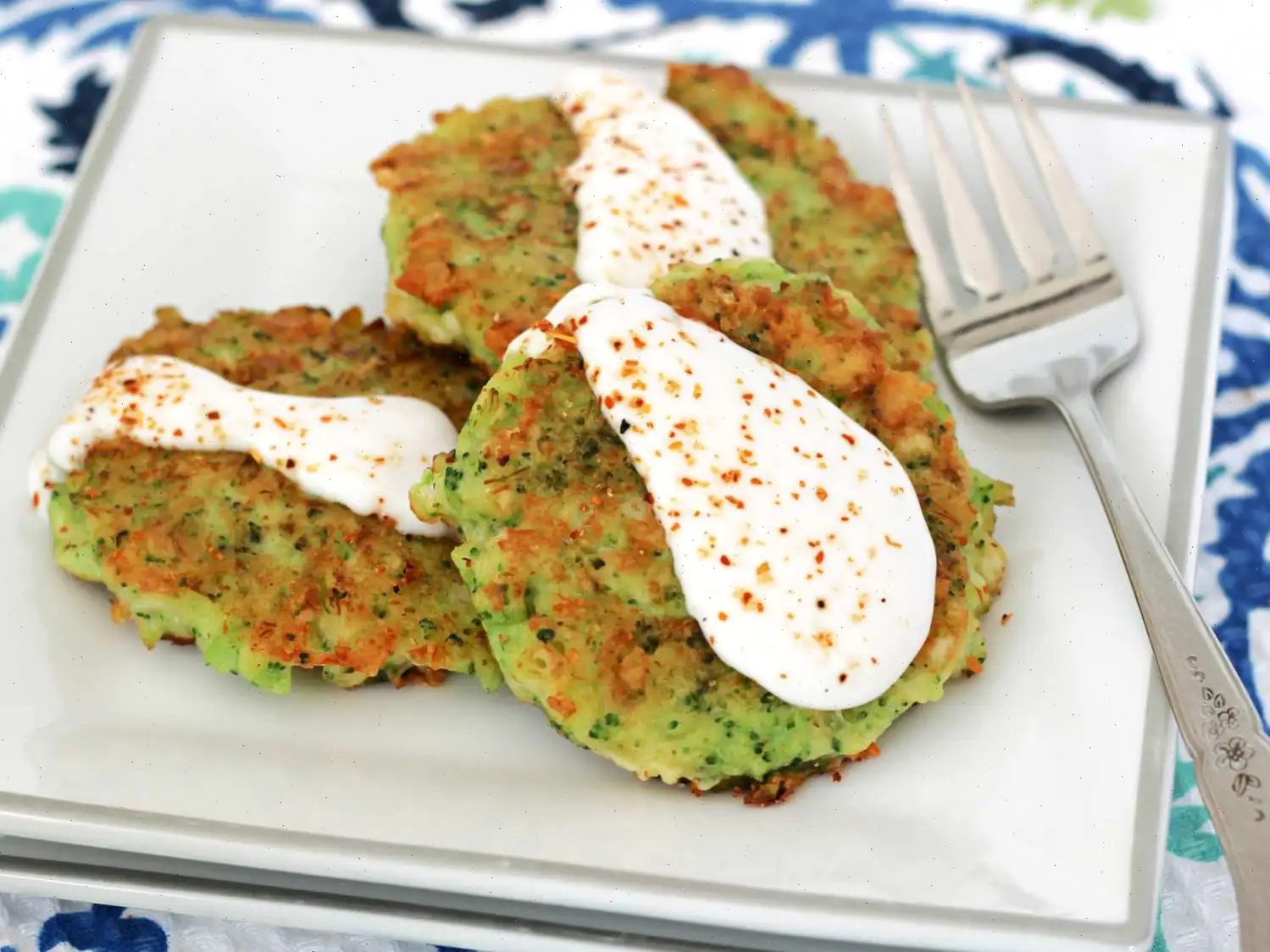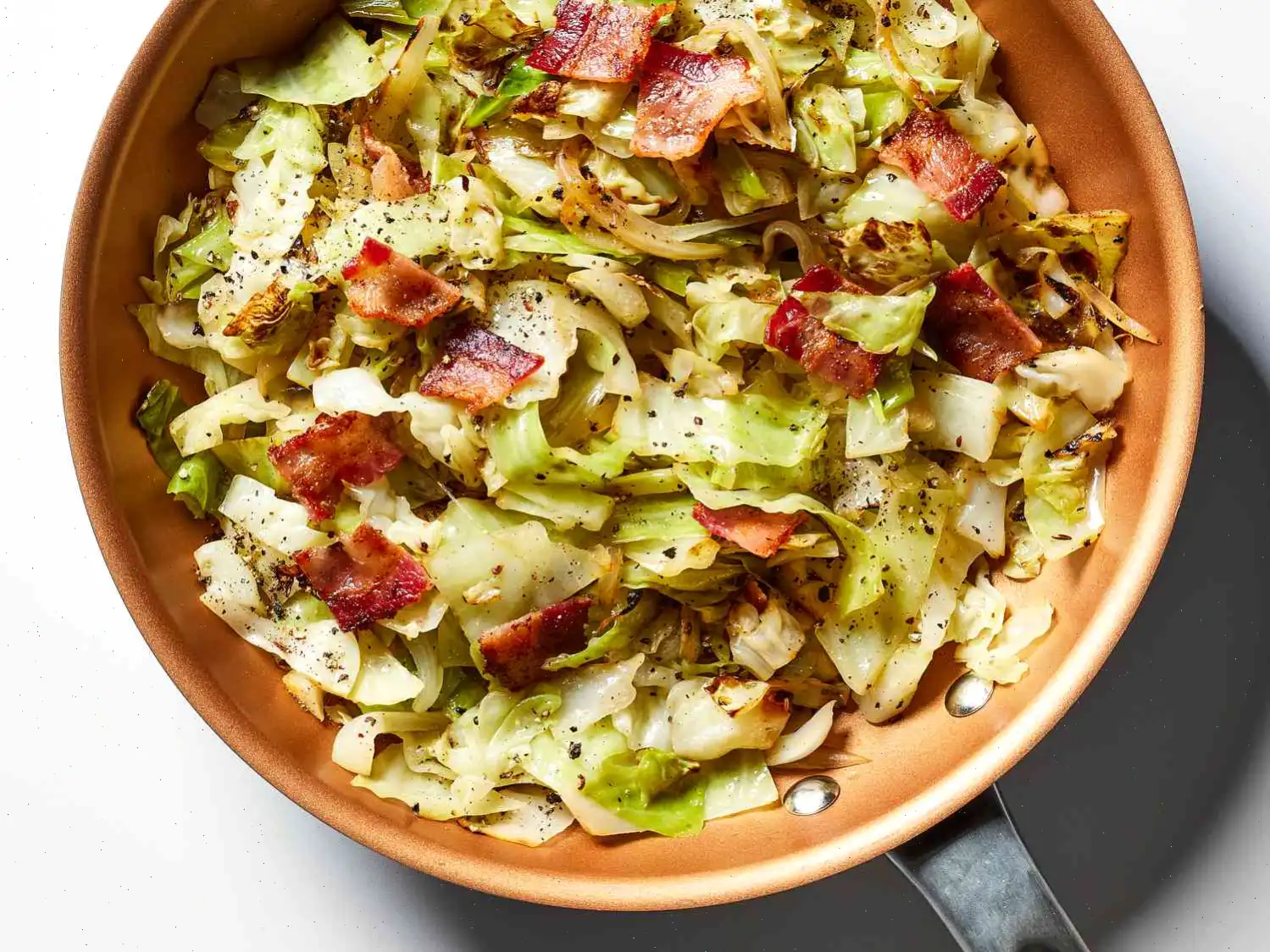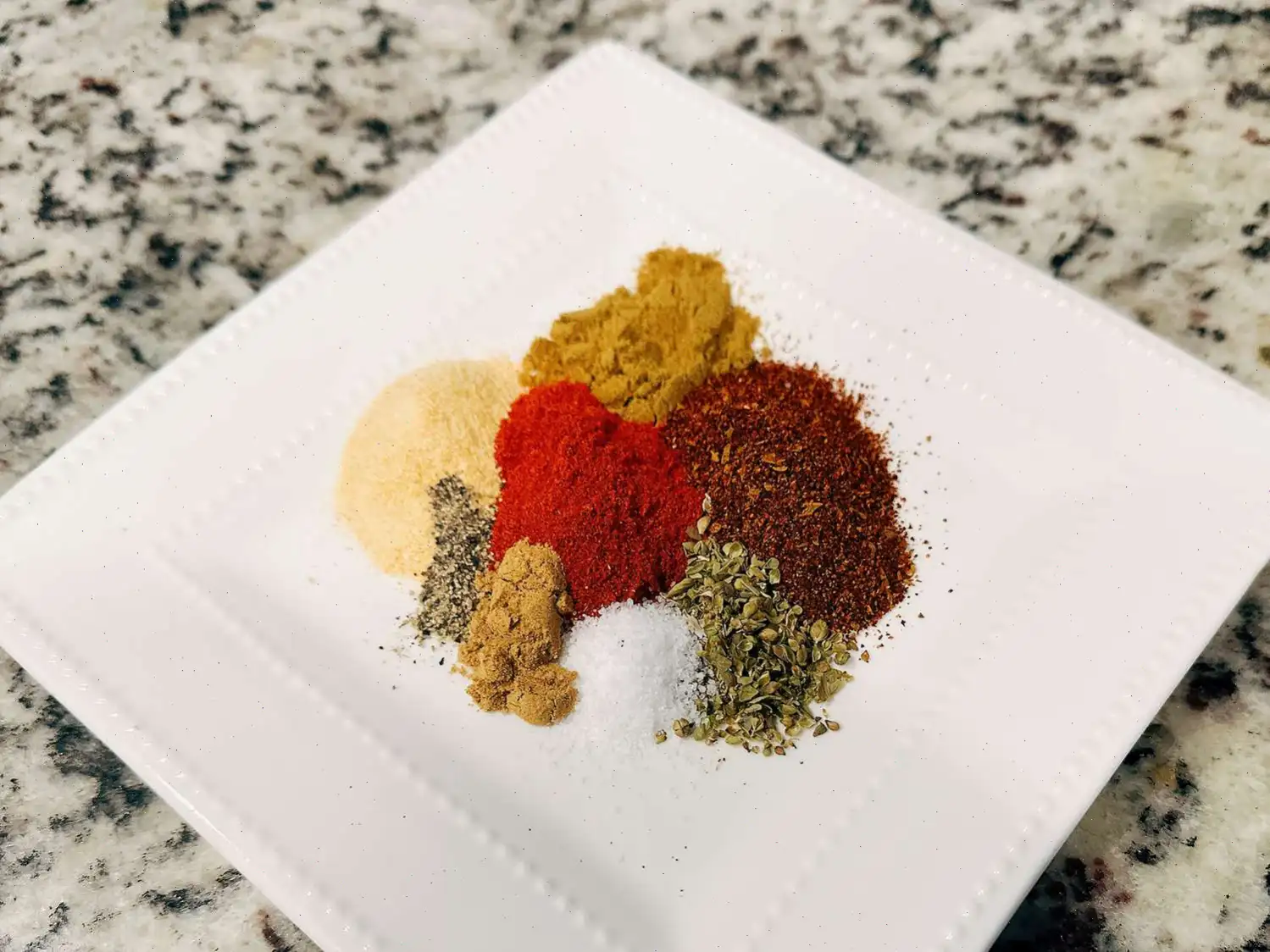
Jollof Rice Recipe
Yield: 4 servings
Ingredients
Blended Sauce:
- 2 red bell peppers, seeded and cut into chunks
- 2 tomatoes, cut into chunks
- 1 habanero pepper, seeded
- 1 clove garlic
- 1/4 cup chicken stock
Rice:
- 1/4 cup vegetable oil
- 1 small yellow onion, diced
- 3 tablespoons tomato paste
- 1 1/2 cups parboiled rice (such as BEN'S ORIGINAL)
- 3 cups chicken stock (or more as needed)
- 2 teaspoons curry powder
- 1 teaspoon dried thyme
- 1 teaspoon ground white pepper
- 2 bay leaves
- Salt, to taste
- 1 cup mixed vegetables
- 3 1/2 tablespoons salted butter
Directions
- Place bell peppers, tomatoes, habanero pepper, garlic, and 1/4 cup chicken stock into a blender or food processor. Blend until smooth, with a consistency similar to thick marinara sauce. Set aside.
- In a large pot, heat vegetable oil over medium heat. Add the diced onion and saut until soft and translucent, approximately 5 minutes.
- Add tomato paste to the pot and cook for about 5 minutes, stirring constantly to prevent burning.
- Stir in the rice and cook for about 5 minutes, allowing it to lightly toast and absorb the flavors.
- Pour in the blended sauce, 3 cups of chicken stock, curry powder, thyme, white pepper, and bay leaves. Season with salt to taste. Stir everything together and bring the mixture to a boil.
- Reduce the heat to low, cover the pot, and cook until the rice has absorbed all the liquid, about 10 minutes. Add more stock if necessary to ensure the rice softens evenly.
- Once the rice is tender, stir in the mixed vegetables and butter. Cover the pot again and let the dish cook for an additional 5 minutes.
- Turn off the heat, keeping the pot covered to let the steam finish cooking the vegetables for another 5 minutes.
- Once everything is fully cooked, give the dish a final stir before serving. Enjoy!
Nutrition Facts
Per serving:
- Calories: 489
- Total Fat: 31g (40% DV)
- Saturated Fat: 9g (46% DV)
- Cholesterol: 78mg (26% DV)
- Sodium: 610mg (27% DV)
- Total Carbohydrate: 38g (14% DV)
- Dietary Fiber: 6g (22% DV)
- Total Sugars: 11g
- Protein: 18g (35% DV)
- Vitamin C: 103mg (114% DV)
- Calcium: 93mg (7% DV)
- Iron: 4mg (22% DV)
- Potassium: 975mg (21% DV)
*Percent Daily Values are based on a 2,000 calorie diet. Your daily values may be higher or lower depending on your calorie needs.
**Nutrient information is based on available data. If following a medically restrictive diet, please consult your doctor before preparing this recipe for personal consumption.
By Uzo Orimalade

Origin of Jollof Rice
Jollof rice is a quintessential dish in West African cuisine, with its roots believed to be traced to the Senegambian region. Its name is derived from the Wolof people of Senegal, who are said to have originated the dish. Over time, it spread across West Africa, with variations emerging in different countries, including Nigeria, Ghana, and Liberia. The dish's popularity has only grown, becoming a symbol of African culture and identity, often served at gatherings, celebrations, and special events.
Regional Variations
While Jollof rice is a beloved dish across West Africa, its preparation varies depending on the region. Nigerian Jollof rice tends to be spicier and often includes a more complex mix of seasonings, such as curry powder, thyme, and bay leaves. On the other hand, Ghanaian Jollof rice is known for its smoky flavor, which comes from the method of cooking the rice over an open flame. Despite these differences, the common thread is the use of tomatoes, onions, and peppers, which give the dish its signature rich, red color.
What Sets Jollof Rice Apart
Jollof rice stands out from other rice dishes due to its vibrant, spiced tomato-based sauce, which infuses the rice with deep, complex flavors. Unlike simpler rice preparations, where the grains are often cooked separately, Jollof rice is cooked in a flavorful broth, allowing the rice to absorb the sauce fully. This method results in rice that is rich in color, taste, and texture, unlike other rice dishes that might be more neutral or simply seasoned. Additionally, the inclusion of ingredients like habanero peppers gives Jollof rice a spicy kick, making it distinctly different from milder rice dishes.
Where Jollof Rice is Served
Jollof rice is typically served during major celebrations and festive occasions, such as weddings, parties, and holidays. It is often paired with meats like chicken, beef, or fish, and is a staple in both formal and casual settings. The dish also serves as a symbol of hospitality in many West African cultures, where it is considered a dish of abundance and joy. Jollof rice is frequently featured at family gatherings, where it is served alongside various sides, creating a hearty and satisfying meal for all guests.
Interesting Facts About Jollof Rice
- Jollof rice is sometimes referred to as "party rice" in many West African countries because it is often served at celebrations and social events.
- The dish has sparked friendly rivalry between countries, with debates about who makes the best Jollof rice, particularly between Nigeria and Ghana.
- In some regions, Jollof rice is cooked in a one-pot method, which helps the flavors meld together beautifully, creating a perfect harmony of spices and rice.
- The dish has gained international attention and popularity, with many African diaspora communities in the United States, Europe, and the Caribbean adapting it to their local ingredients and tastes.
You can listen to this recipe in AI audio format. Simply click the play button below to listen to the content in a format that suits you best. It’s a great way to absorb information on the go!
FAQ about Jollof Rice Recipe
Comments
Nicholas Jackson
01/07/2023 07:19:43 AM
So tasty! I loved the spicy twist in this rice dish. It was my first attempt at preparing an African recipe and it turned out great. I added diced zucchini for extra flavor. One tip would be to remember to take out the bay leaf after cooking. My husband and I savored this dish for dinner alongside lemon pepper roasted salmon and tri-colored roasted parmesan cauliflower. The flavors were a delightful match for our taste buds. I can't wait to try more African recipes after this wonderful experience!








